
Best Doggie Doorbell:15+ Models Tested for Potty Training
Are you training your doggie doorbell manners, or does your furry friend incessantly scratch or bark at the door to go outside? You need a
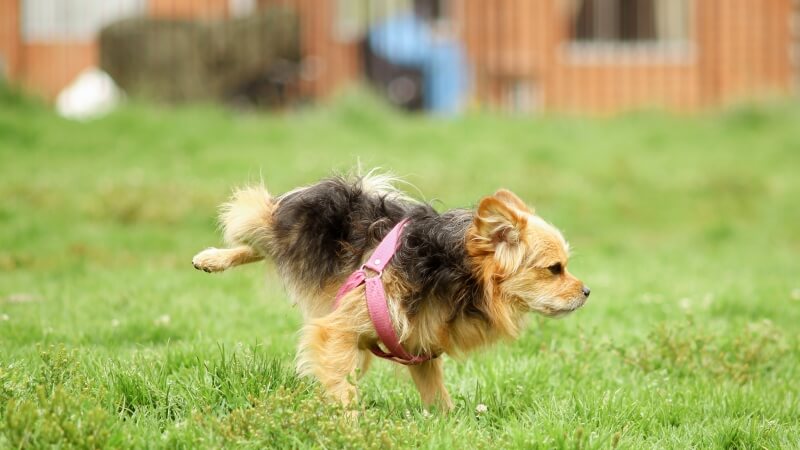
You’re outside, attempting to apply “how to train a dog to pee outside” techniques, enduring an endless array of sniffs and circles, eagerly awaiting the chance to shower your dog with praise for the much-anticipated potty squat.
But, it just doesn’t happen.
Resigned, you decide to head back in, thinking a later attempt might be more successful. You stroll inside with your happy, tail-wagging companion, slip off your footwear, fetch a refreshing beverage from the refrigerator, and settle on the sofa for some well-deserved downtime, but then…
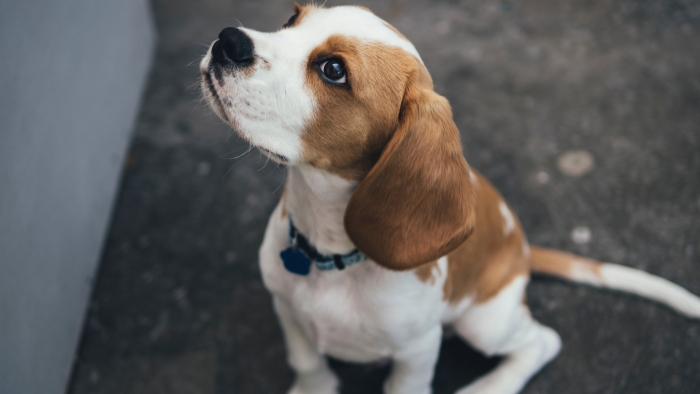
Without even glancing, you’re acutely aware of the unwelcome sensation soaking into your sock, and you know precisely who’s responsible. Baxter casts a look your way from the living room, and you could almost swear there’s a flicker of guilty side-eye in his expression.
You try to remove the sock, now blemished with a telltale yellow mark, and the thought crosses your mind, “My dog just won’t potty train.”
Encountering indoor puppy accidents, such as a dog peeing on the bed, is common, but what if your puppy steadfastly refuses to pee outside? It might seem odd, as we often assume puppies will instinctively do their business when they’re in a yard, right?
The reasons behind a puppy’s reluctance to pee outside, or their tendency to have accidents like peeing on the bed, can be surprising. Here’s a look at some of these reasons, along with straightforward solutions for how to teach a puppy to pee outside!
Start by eliminating any health concerns. Conditions like UTIs and other illnesses can affect bladder control or lead to stress-induced peeing, sometimes even causing unexpected incidents like peeing on beds.
Once health issues are ruled out, consider other factors. This kind of “reverse house training” issue, which includes inappropriate urination in places like beds, is more prevalent in rescue dogs, shelter animals, or those who have experienced extensive indoor confinement. However, it’s not unheard of in puppies without traumatic backgrounds.
Also, it may come as a surprise, but some puppies feel anxious outside! Perhaps they had a negative encounter with other animals, were frightened by loud noises, or weren’t properly house-trained initially. These anxieties can contribute to indoor accidents, including on bedding.
There are many possible reasons a puppy may resist peeing outdoors, but don’t fret. This behavior, including the distressing habit of peeing on beds, is correctable, even in the most headstrong of puppies!
Whether you’re revisiting training due to a new issue or embarking on this journey for the first time (pun absolutely intended), your initial tactics in managing a misdirected puppy bladder should be:
It’s crucial to recommit yourself to a consistent training schedule for the long haul. Here’s what an effective potty training routine entails:
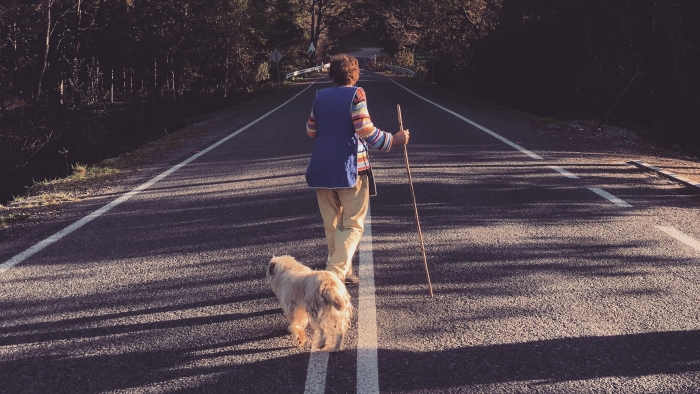
Avoid punishing your dog for indoor accidents. Such actions won’t be understood and can instill fear, potentially exacerbating the problem and leading to more frequent indoor soiling.
When your dog is inside, it’s important to either keep them close to you or restrict their access. This can be done in several ways:
The speed at which your puppy or dog masters outdoor potty habits is influenced by various factors like age, history, breed, and temperament. Yet, with a dedicated potty training schedule, achieving an accident-free pup in as little as a week is possible.
But be aware, achieving this in seven days demands commitment, consistency, and discipline from you (and here you thought it was all about training your dog, wink).
It’s crucial to remember that one common error in potty training is easing up on a consistent routine too early. Just because your puppy hasn’t had an accident for a while doesn’t mean they’re fully house-trained.
Maintain your vigilance for several months, gradually increasing your indoor freedom. If an accident occurs, revert to the previous step and remain there until you feel confident to advance again.
Potty training can be an enjoyable experience. You’ll find that your dog or puppy is more eager to learn if you incorporate fun challenges and celebratory moments.
For example, when your puppy shows signs of needing to relieve themselves, guide them to the door and use the command, “Go out.”
Another method involves teaching your puppy to sit by the door and wait to be let out when they bark. This technique might require extra training for your puppy to learn to sit by the door when they need to go, but it’s highly effective in preventing indoor accidents. Some households even train their dogs to ring bells to signal their need to go outside.
Ensure you limit playtime outdoors if you’re teaching your dog to signal their need to go out with a bell or bark. Allowing them to sniff around and enjoy some fresh air post-potty is fine.
However, if your pup engages in extended play sessions after signaling to go out, they might start associating these outdoor potty breaks with playtime, leading to confusion. For instance, your puppy might sit and bark at the door when they actually want to play, not because they need to potty.
This doesn’t mean your puppy should never play outside. You can establish a separate routine for playtime, helping your dog distinguish between the two.
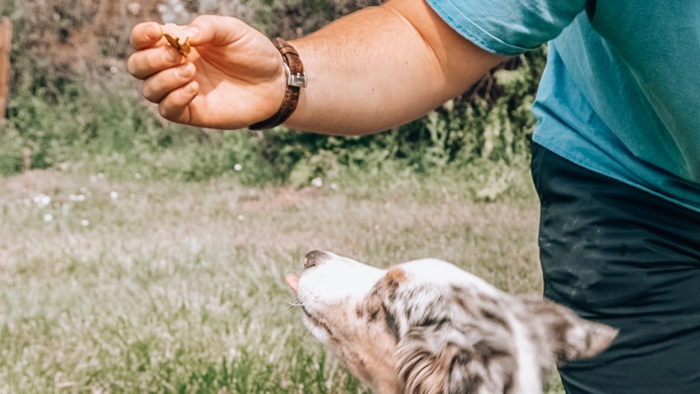
To expedite your puppy’s learning process in outdoor potty training, consistently reward them with praise and treats whenever they successfully use their outdoor potty spot. This positive reinforcement will strengthen their understanding that there’s a designated outdoor area for potty needs.
A valuable piece of advice is to select a particular area in your yard as the designated potty spot. By doing this, you restrict your puppy’s access to the entire yard, which could otherwise overwhelm them with too many choices and prolong the outdoor potty time. Additionally, having a specific potty area simplifies yard cleanup significantly.
You’ve tried everything: followed every guide, stuck to schedules, and been crate training endlessly, yet nothing seems to work.
And now, your home is starting to take on the aroma of a barnyard due to all the mishaps. It pushes you to the edge of your patience.
First and foremost, repeat this mantra: “My puppy is not doing this to annoy me.” Say it again. Keep repeating it until it sinks in because it’s the truth.
Your dog isn’t having accidents in the house out of revenge or anger. Dogs don’t operate on those principles.
As discussed before, several factors play a role in potty training. There might be underlying health issues like canine diabetes causing ongoing accidents. The background of your dog prior to joining your family could also be influencing their behavior.
Alternatively, the issue might be as simple as not thoroughly cleaning up past accidents.
A dog’s sense of smell is astoundingly more acute than ours, ranging from 10,000 to 100,000 times stronger. Many cleaning products may cover odors to our noses, but dogs can easily detect past scents beneath them. Few things are as compelling to a dog as their own smell.
To effectively clean up accidents, it’s essential to use an enzymatic cleaner. These potent enzymes work to decompose urine at a molecular level, ensuring that even dogs can’t pick up the trace of their mishaps.
If medical issues are contributing to your dog’s accidents, it’s important to consult with your veterinarian for advice on managing your dog’s health effectively. Should you believe the problem is behavioral, consider reaching out to a certified dog trainer and behaviorist for guidance.
No matter the hurdles you and your dog encounter in your potty training journey, there are effective strategies to overcome them. By adhering to these steps, you’ll both find success:
The journey of teaching your dog to pee outside can be challenging but immensely rewarding. By following the outlined steps and maintaining a consistent approach, you’ll navigate the intricacies of how to train a dog to pee outside with greater ease and effectiveness.
Remember, patience and persistence are key. Whether it’s establishing a strict potty schedule, using crates and baby gates, or introducing fun cues like door sitting or bell ringing, each strategy plays a crucial role in guiding your furry friend.
And if obstacles arise, don’t hesitate to seek professional advice from veterinarians or dog trainers. With the right mindset and tools, you and your dog will master this essential skill, leading to a happier, healthier coexistence.
FAQ: What should I do if my puppy seems to forget their potty training progress?
Answer: It’s common for puppies to have setbacks in their potty training. If this happens, revert to the basics of your training routine. Increase supervision, limit their space using crates or gates, and reinforce positive behavior with treats and praise. Consistency is key in reinforcing the training.
FAQ: How do I handle nighttime potty training for my puppy?
Answer: Nighttime training can be a bit more challenging. Ensure your puppy goes to the bathroom right before bedtime. Consider crate training at night to prevent accidents. If your puppy is very young, you might need to take them out once during the night.
FAQ: Can older dogs be trained to pee outside if they’ve always been indoor dogs?
Answer: Yes, older dogs can learn to pee outside. The process might take a bit longer due to ingrained habits. Use consistent routines, positive reinforcement, and be patient. Older dogs may require more frequent bathroom breaks due to their age.
FAQ: What are the signs that my dog needs to go out to pee?
Answer: Common signs include pacing, sniffing around, whining, circling, or going to the door. Pay close attention to these cues and immediately take your dog outside, rewarding them when they go.
FAQ: How do I potty train a dog in an apartment without easy yard access?
Answer: For apartment dwellers, establish a routine using a balcony with a grass pad or frequent walks. Use a leash to guide them to the designated spot each time. Consistency in the location and routine is vital, even in an apartment setting.


Are you training your doggie doorbell manners, or does your furry friend incessantly scratch or bark at the door to go outside? You need a

When it comes to dog pee, much like humans, the urine of animals is a vital health indicator. Just as human urine reveals a lot

Noticed your dog yawn more often than usual? While it’s adorable, it could also be a sign of something to consider if it appears excessive.

Wondering what’s so fantastic about bell train a dog? Picture a world where your furry friend always alerts you when they need to go outside,
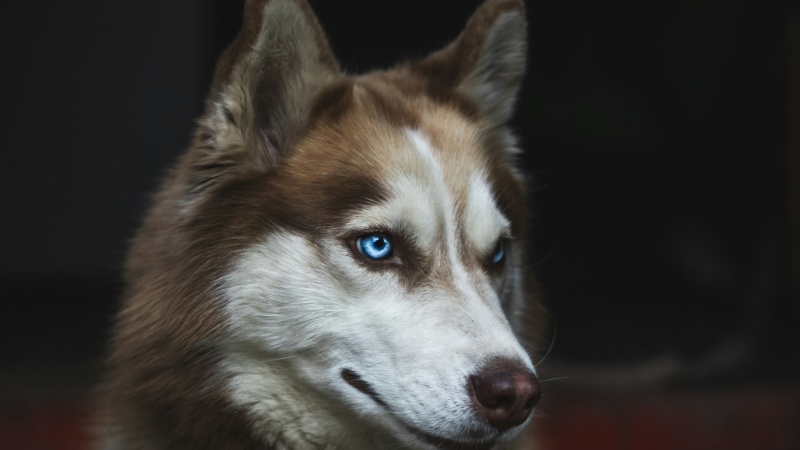
Are you training your doggie doorbell manners, or does your furry friend incessantly scratch or bark at the door to go outside? You need a

When it comes to dog pee, much like humans, the urine of animals is a vital health indicator. Just as human urine reveals a lot

Noticed your dog yawn more often than usual? While it’s adorable, it could also be a sign of something to consider if it appears excessive.

Wondering what’s so fantastic about bell train a dog? Picture a world where your furry friend always alerts you when they need to go outside,
Copyright © 2024 doggydogdoorbell. All Rights Reserved.